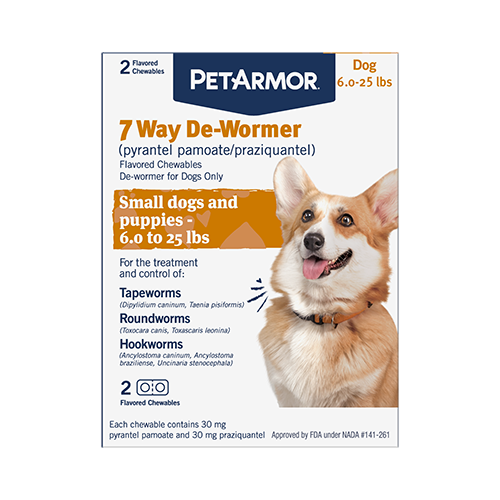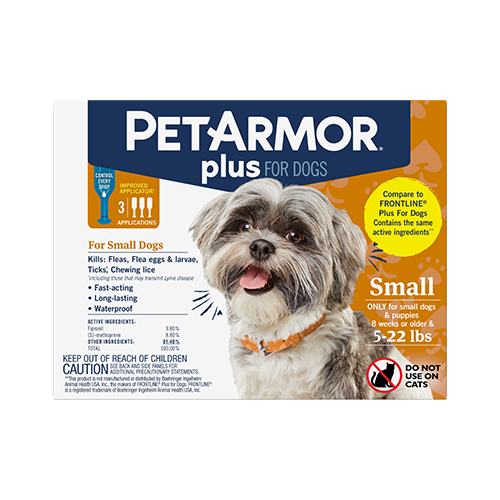Roundworms, tapeworms, hookworms, and whipworms are some of the nasty parasites that pose a threat to your pet’s health. Squirming around inside your pet, these intestinal parasites, like roundworms can have long-term health effects on not only pets but pet parents as well.
So, what do you do when your pet has an intestinal parasite?
For many intestinal parasites, your pet may expel adult worms with their bowel movements. If you begin to notice parasites in your pet’s stool, don’t hesitate to take them over to a vet. Make sure to bring with you a sample of the worm to the vet, this way diagnosis is relatively easy for your pet’s vet.
However, not all parasites are as easily identified, and many times intestinal parasites go unnoticed.
So, how can you tell if your pet has worms, sight unseen?
Well, let’s start by saying that there are many perks to being a pet parent. However routinely checking for worms in your pet, is not one of them.
The best way to tell if your pet has worms is by regularly submitting a fresh stool (fecal) sample to your veterinarian at least twice yearly. And for those of you in more temperate climates, consider submitting samples even more frequently.
With these samples, your vet will prepare this fecal sample and observe what they see. Under the microscope, vets look for the immature form (eggs) of intestinal worms, termed fecal float – we really hope you’re not eating while reading this. A fecal float may also be augmented by doing a direct smear of the feces in some instances.
Tapeworms
In the case of tapeworms, it should be noted that sometimes the eggs don't show up routinely on a fecal float. More commonly, vets see eggs that are encased in a segment of the tapeworm called the proglottid. You may see proglottids stuck to the hairs around the anus and they may appear like they’re moving. Gross!
Unfortunately, the issues don’t stop there either. If your pet has tapeworms, they most likely have been exposed to fleas as well and could be host to more fleas on them. The most common form of a tapeworm in pets stems from the ingestion of a flea. Therefore, when you find a tapeworm in your pet, all signs should lead pet parents to check their pet thoroughly for fleas.
More Than Flea Protection
Flea protection is tapeworm protection. By taking time to regularly prevent and protect against fleas, you’re also protecting your pet from tapeworms as well. Practice good pet wellness and have a good flea prevention program in place by using monthly preventatives like PetArmor® Plus Flea & Tick Topical.
Practicing preventive care is always the best course of action for your pet. Many monthly heartworm preventives can even be combined with other medications to prevent intestinal parasites like roundworms and hookworms, so prevention doesn’t have to stop.

De-worm Your Dog At Home
The home is where the heart is…and where you can de-worm your dog too. PetArmor® 7 Way De-Wormer (pyrantel pamoate/praziquantel) treats and controls 7 species of worms in a flavored chewable tablet, making treatment easy and convenient for your dog. For puppies and dogs 12 weeks of age or older, PetArmor® 7 Way De-Wormer can help treat two species of tapeworms, two species of roundworms, and three species of hookworms.
One wormer will not treat all the different species/types of intestinal worms/parasites that your pet may harbor. Your veterinary team will be able to identify the specific parasite and recommend the appropriate medication for treatment.




